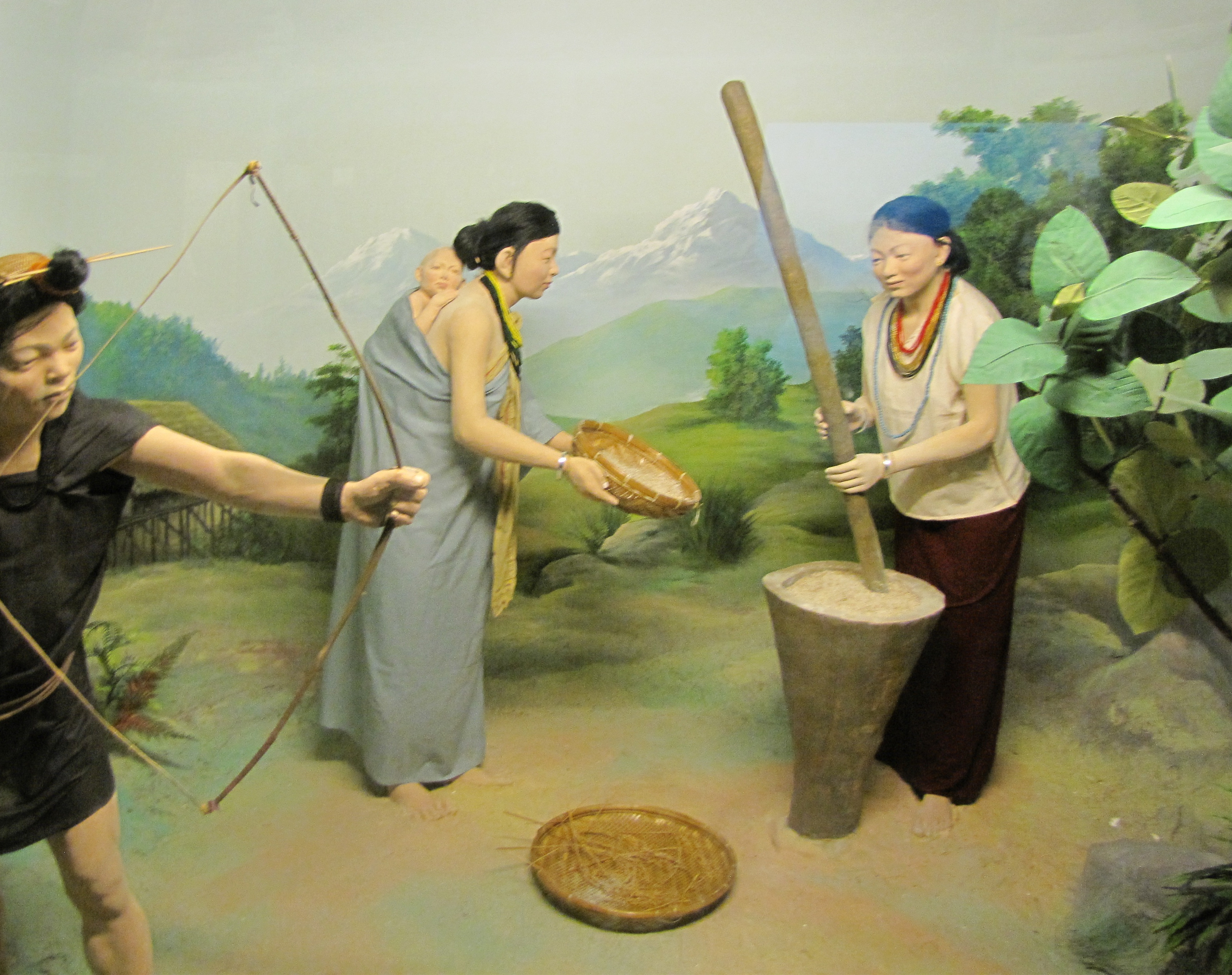Puroik People on:
[Wikipedia]
[Google]
[Amazon]
 The Puroik are a tribe of the hill-tracts of
The Puroik are a tribe of the hill-tracts of Joshua Project
estimates 7,000, with about 400 living across the Chinese border. SIL
Arunachal Pradesh
Arunachal Pradesh (, ) is a state in Northeastern India. It was formed from the erstwhile North-East Frontier Agency (NEFA) region, and became a state on 20 February 1987. It borders the states of Assam and Nagaland to the south. It shares int ...
in India
India, officially the Republic of India (Hindi: ), is a country in South Asia. It is the seventh-largest country by area, the second-most populous country, and the most populous democracy in the world. Bounded by the Indian Ocean on the so ...
. They speak the Puroik language
The Puroik language, sometimes known as Sulung, is a language spoken by the Puroik people of Arunachal Pradesh in India and of Lhünzê County, Tibet, in China.
Besides their own language, the Puroik also use Nishi, Hindi, and Assamese. Lite ...
. The Puroik people are found in an estimated 53 villages in the districts of Subansiri and Upper Subansiri, Papumpare, Kurung Kumey and East Kameng
East Kameng district is one of districts of Arunachal Pradesh state in northeastern, India. It shares an international border with China in the north and district borders with West Kameng district to the west, Pakke-Kessang district to the sou ...
along the upper reaches of the Par River. They number more than 10,000 people according to latest survey.estimates 7,000, with about 400 living across the Chinese border. SIL
Ethnologue
''Ethnologue: Languages of the World'' (stylized as ''Ethnoloɠue'') is an annual reference publication in print and online that provides statistics and other information on the living languages of the world. It is the world's most comprehensiv ...
estimates 5,000 speakers of Puroik as of 2007. Some Puroik use Nishi as their primary language. Population estimates were somewhat higher in the 1990s, with 10,000 to 12,000 reported in the 1991 Indian census
The decennial Census of India has been conducted 16 times, as of 2021. While it has been undertaken every 10 years, beginning in 1872 under British Viceroy Lord Mayo, the first complete census was taken in 1881. Post 1949, it has been conducted by ...
.
They are a "Scheduled Tribe
The Scheduled Castes (SCs) and Scheduled Tribes (STs) are officially designated groups of people and among the most disadvantaged socio-economic groups in India. The terms are recognized in the Constitution of India and the groups are designa ...
" in India. They claim kinship with the Khowa (Bugun). Economically, they are at a transitional stage between a hunter gatherer
A traditional hunter-gatherer or forager is a human living an ancestrally derived lifestyle in which most or all food is obtained by foraging, that is, by gathering food from local sources, especially edible wild plants but also insects, fungi, ...
lifestyle and agriculturalism
Agriculturalism, also known as the School of Agrarianism, the School of Agronomists, the School of Tillers, and in Chinese as the ''Nongjia'' (), was an early agrarian Chinese philosophy that advocated peasant utopian communalism and egalitariani ...
. They retain their traditional religion
In religious studies, an ethnic religion is a religion or belief associated with a particular ethnic group. Ethnic religions are often distinguished from universal religions, such as Christianity or Islam, in which gaining converts is a prima ...
, with some adherence to either Hinduism
Hinduism () is an Indian religion or '' dharma'', a religious and universal order or way of life by which followers abide. As a religion, it is the world's third-largest, with over 1.2–1.35 billion followers, or 15–16% of the global p ...
or Christianity
Christianity is an Abrahamic monotheistic religion based on the life and teachings of Jesus of Nazareth. It is the world's largest and most widespread religion with roughly 2.38 billion followers representing one-third of the global pop ...
.
References
Tribes of Arunachal Pradesh {{ArunachalPradesh-stub